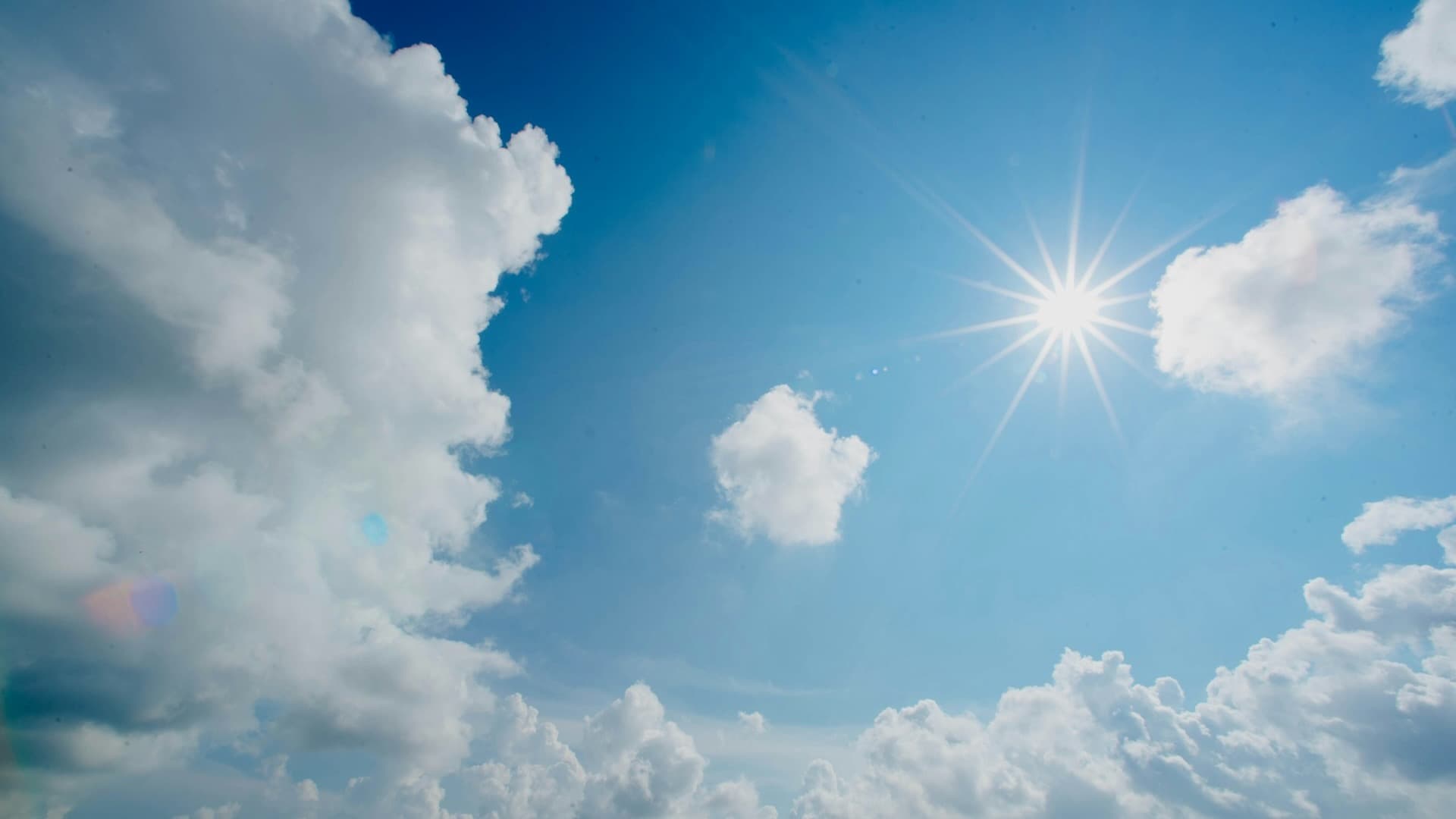
Limit UV Exposure
Limiting exposure to ultraviolet (UV) radiation is a foundational protocol for long-term health, primarily aimed at preventing skin cancer and mitigating the visible signs of premature skin aging, known as photoaging. [6][9]
The strategy is not about complete sun avoidance but rather a comprehensive, risk-managed approach. This involves behavioral changes like seeking shade during peak UV hours, using physical barriers such as protective clothing and sunglasses, and the correct application of broad-spectrum sunscreen. [44][31]
Ultraviolet (UV) radiation is a proven human carcinogen that damages the DNA within skin cells, initiating a cascade of events that can lead to cancer, accelerated aging, and immune dysfunction. [6][21]The two primary types of UV radiation that reach the Earth's surface, UVA and UVB, damage the skin through distinct but overlapping mechanisms.
-
UVB and Direct DNA Damage: UVB radiation is absorbed directly by DNA, creating lesions known as cyclobutane pyrimidine dimers (CPDs) and 6-4 photoproducts (6-4PPs). [22][21]If the cell's repair mechanisms fail, these lesions can lead to "UV signature mutations" during DNA replication. [22][49]A critical target is the TP53 tumor suppressor gene; mutations in this gene, common in skin cancers, disable its ability to trigger cell death in damaged cells, allowing them to proliferate uncontrollably. [49][23]
-
UVA and Indirect DNA Damage: UVA rays penetrate deeper into the skin and primarily cause damage indirectly by generating reactive oxygen species (ROS), or free radicals. [4][13]This oxidative stress damages not only DNA but also essential proteins and lipids, contributing to the development of melanoma and impairing the skin's own DNA repair machinery. [1][46]
-
Photoaging and Immune Suppression: Beyond cancer, UV radiation is the primary external factor in skin aging, responsible for an estimated 90% of visible changes. [17][10]It triggers the production of enzymes called matrix metalloproteinases (MMPs), which break down the skin's collagen and elastin, leading to wrinkles and loss of firmness. [48][32]Furthermore, UV exposure suppresses the skin's immune system by damaging antigen-presenting Langerhans cells and promoting the release of immunosuppressive molecules, which impairs the body's ability to detect and eliminate nascent cancer cells. [39][18]
Limiting UV exposure is most impactful for preventing all major forms of skin cancer and is the single most effective strategy for combating the visible signs of aging. [42]
A typical and effective implementation of this protocol involves a dynamic, multi-layered defense strategy guided by daily conditions.
-
Assess Daily Risk: Check the local UV Index, a scale from 0 to 11+ that measures the strength of UV radiation. [16]
-
UV Index 8+ (Very High to Extreme): Take extra precautions. Minimize sun exposure between 10 a.m. and 4 p.m. and be vigilant with shade, clothing, a wide-brimmed hat, and sunglasses. [38] Use a broad-spectrum sunscreen with an SPF of 50+. [12]
-
Execute a Multi-Pronged Defense:
-
Sunscreen: Apply a broad-spectrum sunscreen with an SPF of at least 30. [15] Use about one ounce (a shot glass full) for the entire body, applying it 15-30 minutes before going outside. [38][40]
-
Common Pitfalls to Avoid:
- Underestimating Clouds and Windows: Up to 80% of UV rays can penetrate clouds. [29] While car windshields block most UV, side windows often allow significant UVA penetration. [45]
- Insufficient Application and Reapplication: Sunscreen must be reapplied at least every two hours, and more often after swimming or sweating, to remain effective. [36][25]
-
Ignoring Reflected UV: UV rays reflect off surfaces like sand, water, and snow, increasing total exposure even in the shade. [20]
Pros
Drastically Reduced Cancer Risk: Consistent sun protection is proven to significantly reduce the risk of developing basal cell carcinoma, squamous cell carcinoma, and melanoma. [50] Regular daily use of an SPF 15 or higher sunscreen can lower the risk of squamous cell carcinoma by about 40% and melanoma by 50%. [37]
Preservation of Immune Function: Protecting the skin from UV damage helps maintain the integrity of the local immune system, preserving its ability to conduct surveillance against cancerous cells. [39]
Cons
Risk of Vitamin D Deficiency: The most significant drawback of limiting UV exposure is the potential for vitamin D deficiency. [24] UVB radiation is the primary driver of vitamin D synthesis in the skin, which is essential for bone health, immune function, and muscle strength. [11][33]Deficiency can lead to rickets in children and osteomalacia or osteoporosis in adults. [11]
Redundancy in Certain Scenarios: The protocol can be balanced. Vitamin D can be obtained safely and effectively through diet and supplementation, mitigating the primary risk of sun avoidance without the associated cancer risk. [7] Additionally, extreme protective measures are less critical when the UV index is low (1-2). [38]
Do I really need sunscreen on a cloudy day?
How can I get enough Vitamin D if I'm always protecting myself from the sun?
A balanced approach is key. For many people, short, regular periods of unprotected sun exposure (e.g., 10-30 minutes a few times per week for lighter skin tones) can be sufficient for vitamin D synthesis without causing sunburn. [26][3]Alternatively, vitamin D can be obtained reliably through dietary sources and supplementation, which completely avoids the skin cancer risk associated with UV exposure. [7]
I have dark skin, so I don't need to worry about sun protection, right?
This is a dangerous misconception. While darker skin has more melanin, which provides a natural SPF of up to about 13, this is well below the recommended minimum of SPF 30. [19][2]All skin tones are susceptible to sun damage and skin cancer, which is often diagnosed at a later, more advanced stage in individuals with darker skin. [27]
Is a "base tan" a safe way to protect my skin for a vacation?
What is the difference between mineral and chemical sunscreens?
Mineral sunscreens, with active ingredients like zinc oxide and titanium dioxide, form a physical barrier on the skin that reflects and scatters UV rays. [41][44]Chemical sunscreens absorb UV radiation and convert it into heat. [41] Mineral formulas work immediately upon application and are generally better tolerated by sensitive skin. [34]